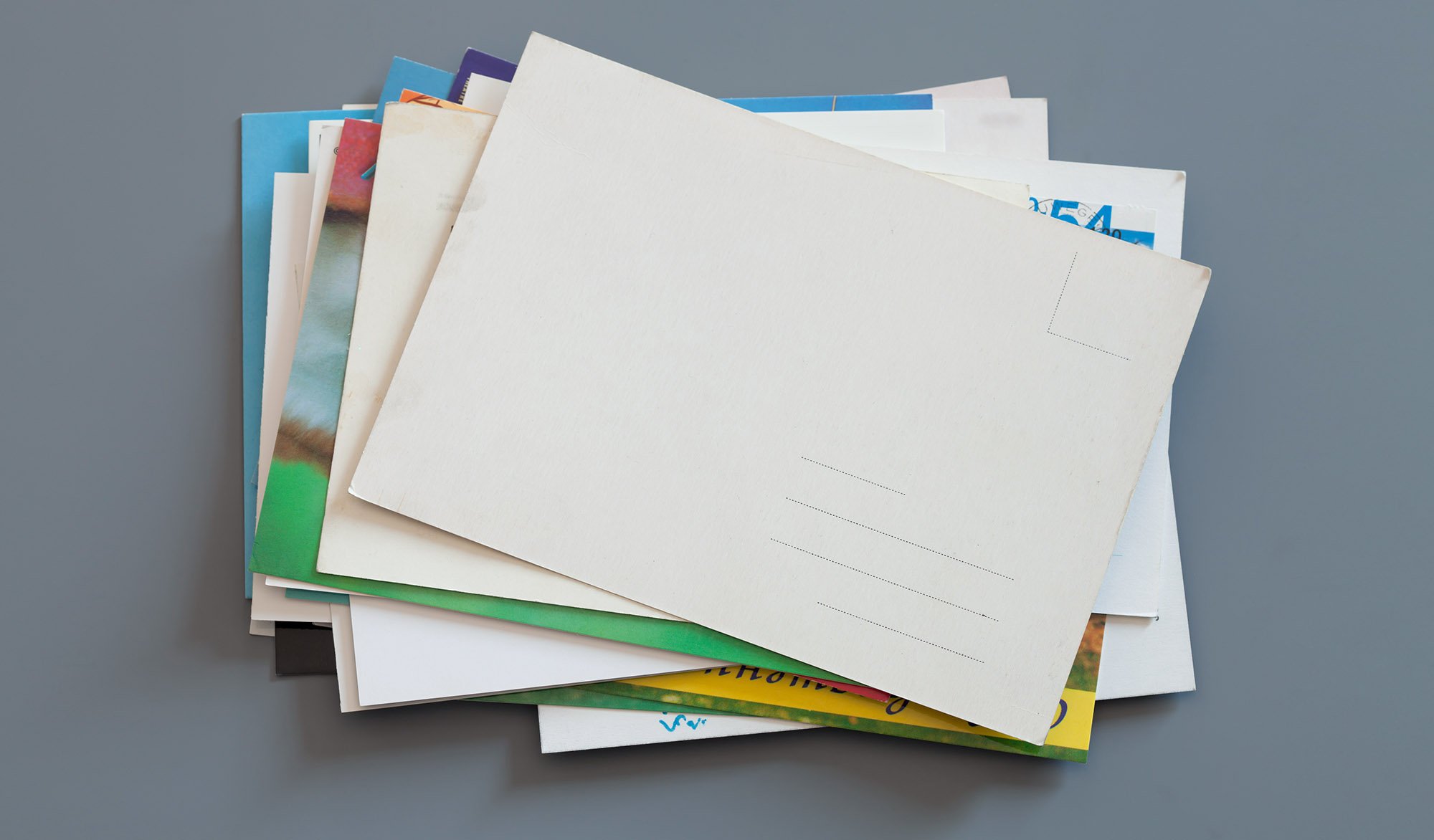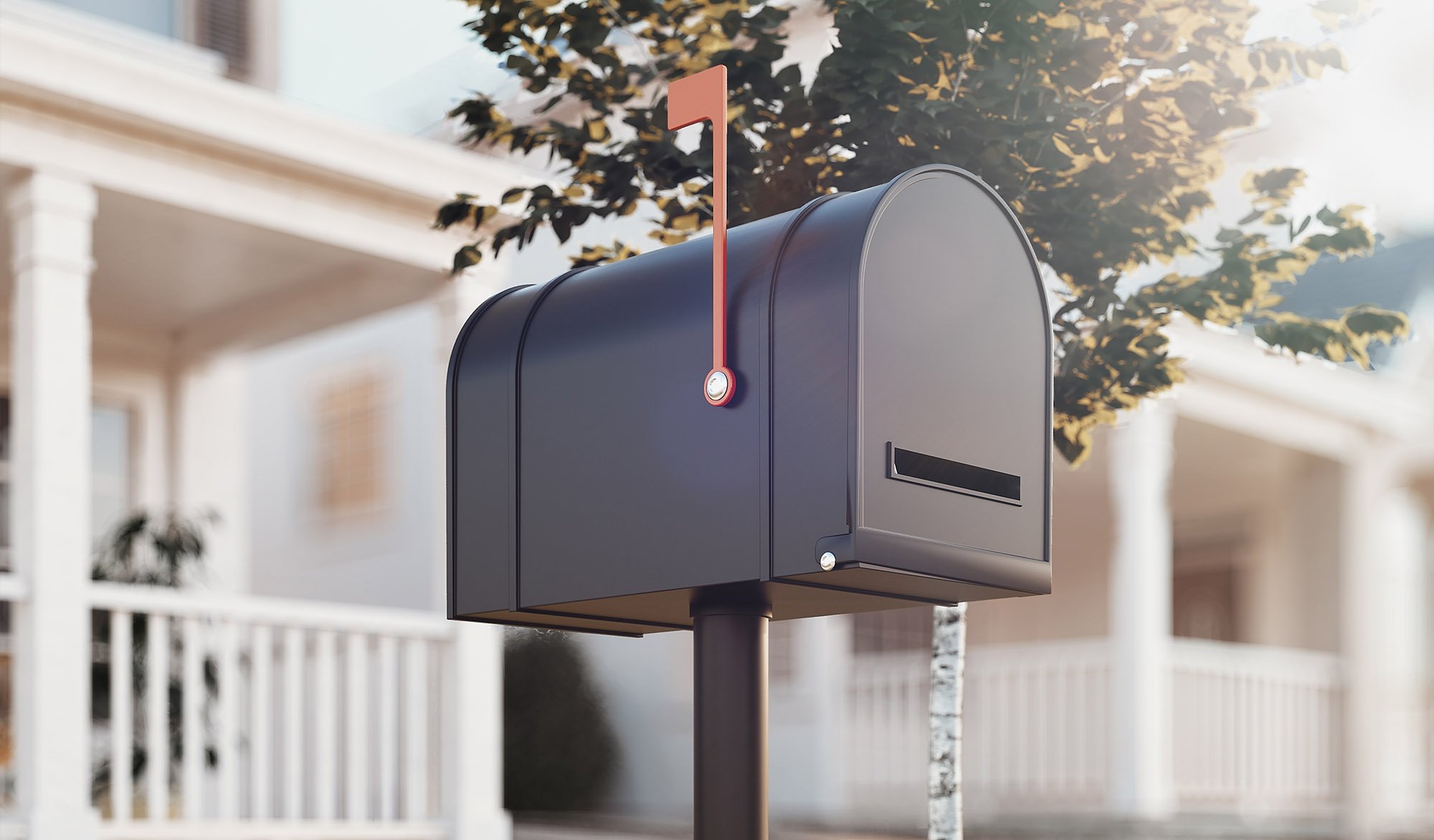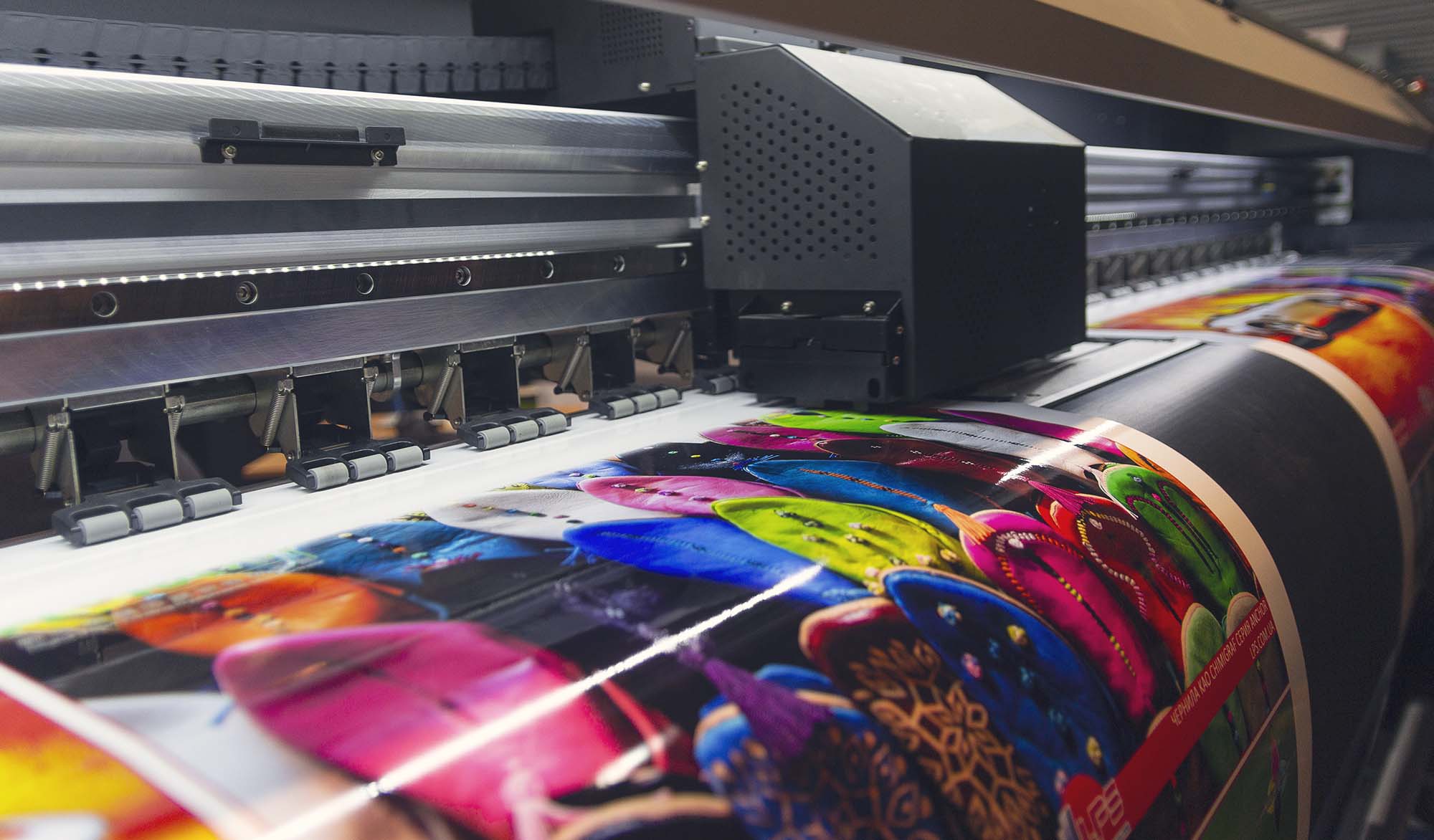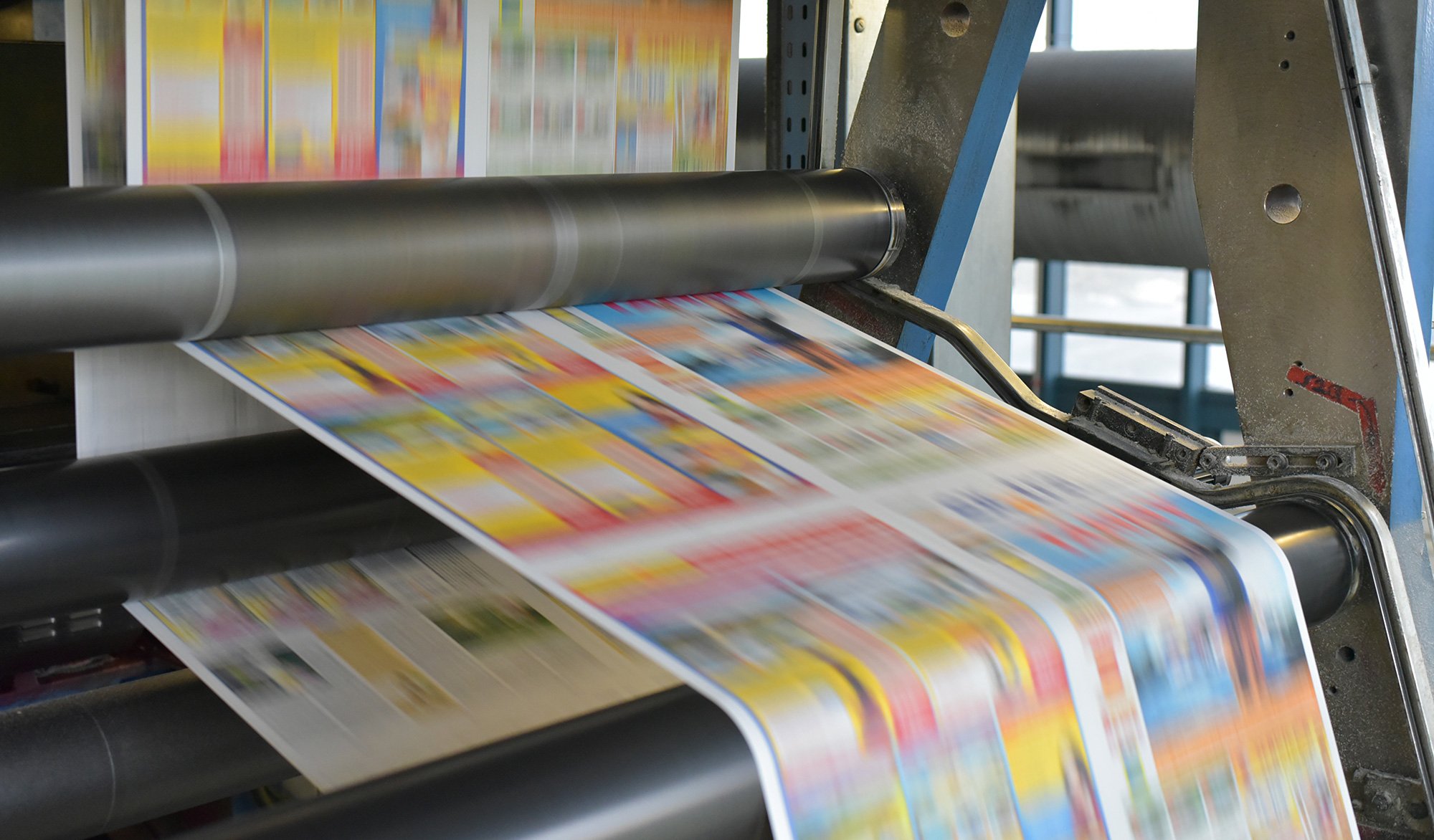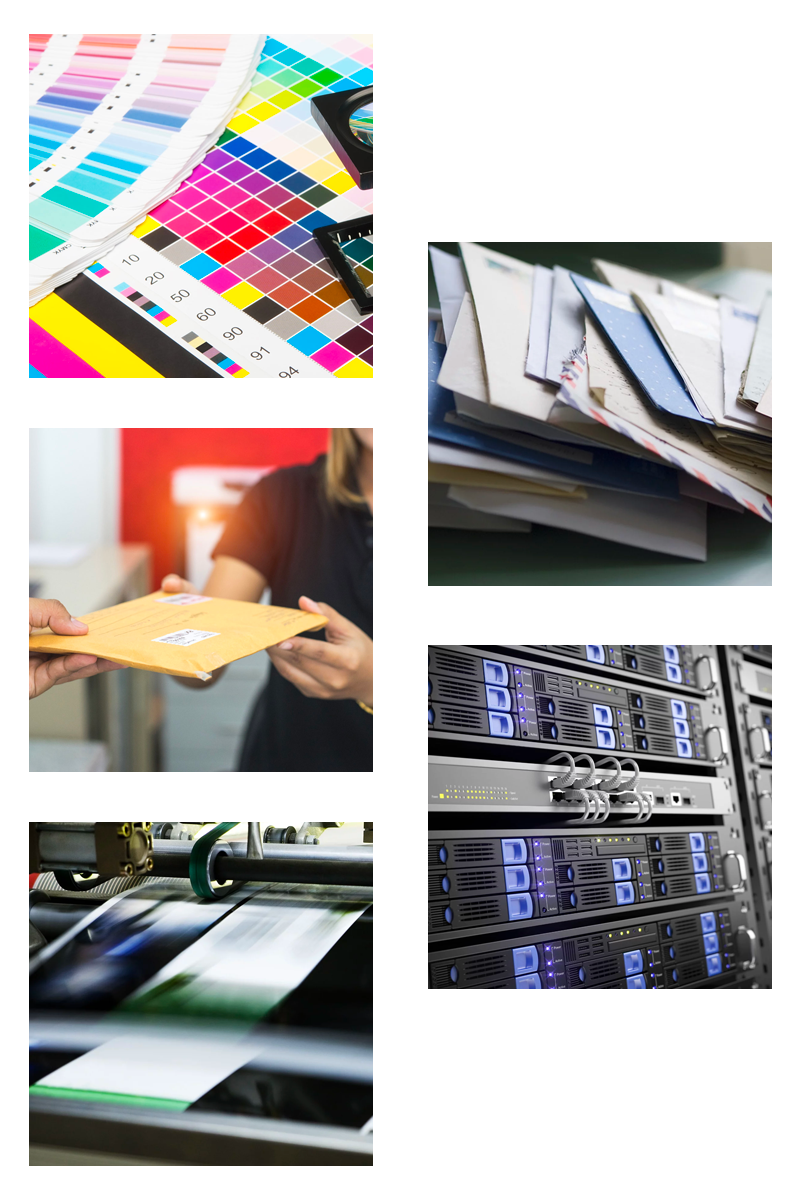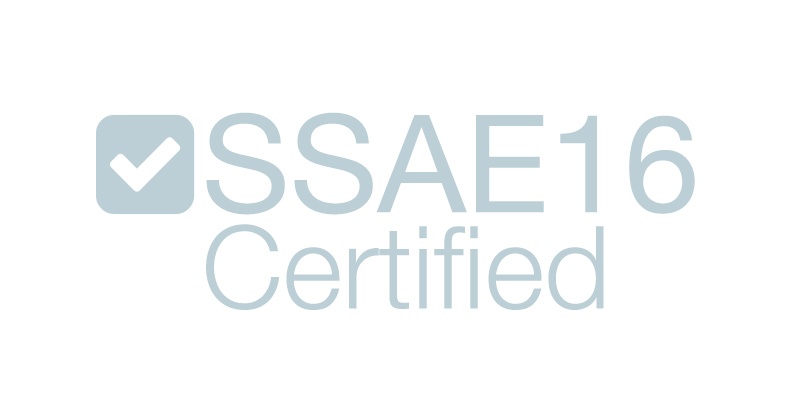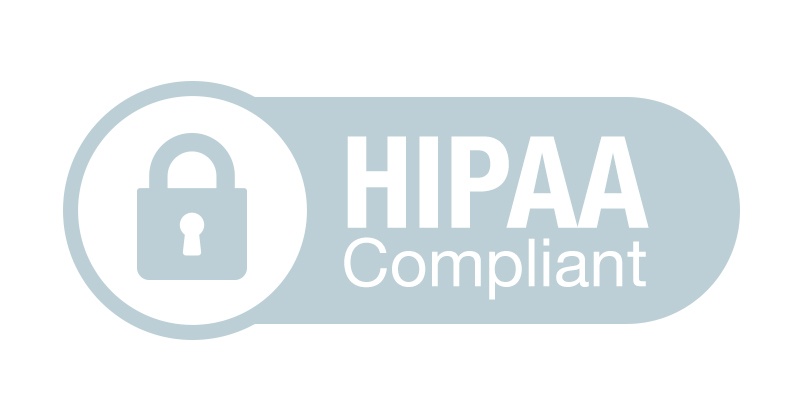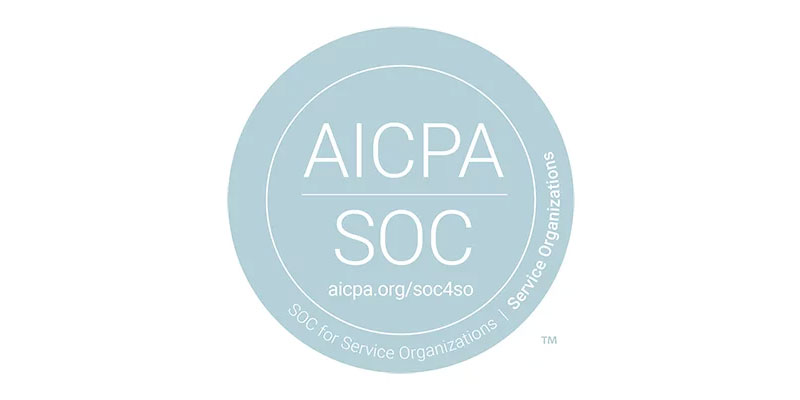Offset lithography is one of the most common forms of commercial printing, due to its ability to provide consistent, sharp, high-quality imaging at high speeds. The process utilizes the chemically repellent characteristics of oil and water to displace images from one medium onto a variety of substrates.
The following is a helpful breakdown of the lithographic printing process, outlining several of its key benefits, applications and mechanics, as well as a brief history:
Commercial Uses & Benefits
Lithography provides highly accurate, high-resolution printing for complex, multi-colored products—perfect for those requiring greater definition to increase appeal. This includes technology, food, jewelry, finance, and retail among many other industries utilizing mailers, cards, brochures and catalogs in their direct mail marketing campaigns.
In the ever-intensifying battle for attention at the mailbox, competition is fierce. Utilizing an experienced direct mail printing company with a proven track record of success and a dedicated team of offset lithography specialists, such as Design Distributors, is critical to executing a successful direct mail campaign.
Design Distributors has the printing capabilities to create any direct mail order, large or small, web or sheet-fed. Our extraordinary arsenal of presses include the eight or 10-color Muller Martini Variable Press and the Didde Glaser, which uses four colors. Our array of advanced sheet-fed presses include the six-color Mitsubishi, and two-color Hamada, giving clients multiple options depending on the size of their projects. Each are equipped with the cutting-edge technology to deliver exceptionalism, every single time. Our latest digital printing press is the thermal Inkjet HP PageWide Web Press T240 HD, boasting 2,400 nozzles per inch and capable of delivering image detail simply unsurpassed.
How Offset Lithography Works
The magic happens on an 'offset' press, which utilizes metal plates contained within multiple printing units. Each functions independently, yet is precisely coordinated with one another.
In a nutshell, the plates contain the imprint of an image, and rotate, first touching a dampening unit, then oil-based ink, making contact with a blanket cylinder that releases water. As paper passes through, color is displaced, specified by the press plate's impression.
History
Lithography dates back to the late 1700s, even then revered for its ability to create accurate, high-quality images. Originally using simply limestone—with a skilled craftsman transferring the image with pressure applied by hand—its methodology eventually evolved to its modern incarnation utilizing metal plates, computers and rubber cylinders.
Yet even with today's technology, the human touch remains critical. While computer-to-press models provide speed and initial levels of quality control, fine-quality imaging relies on an astute and talented team of craftsmen. Even as rubber cylinders, which are known for their versatility, do a great job of displacing ink across a variety of substrates, experienced operators know these can be highly variable. Paper, even within a single roll, can react to ink differently. Thus, operators must pair the art and science of printing together, for masterful precision and continuity across mail pieces.
What Lithography Means For Marketers Today
Direct mail success is contingent upon responsive promotional materials. High-quality printing influences brand perception and desirability—fully within your control, thanks to lithographic printing.




